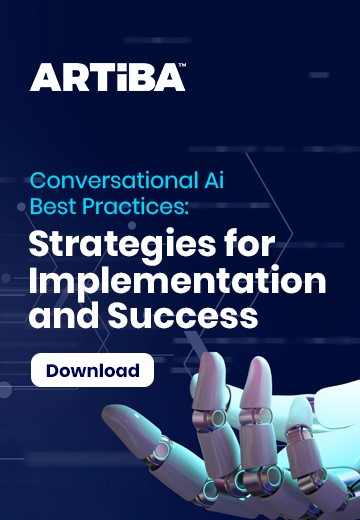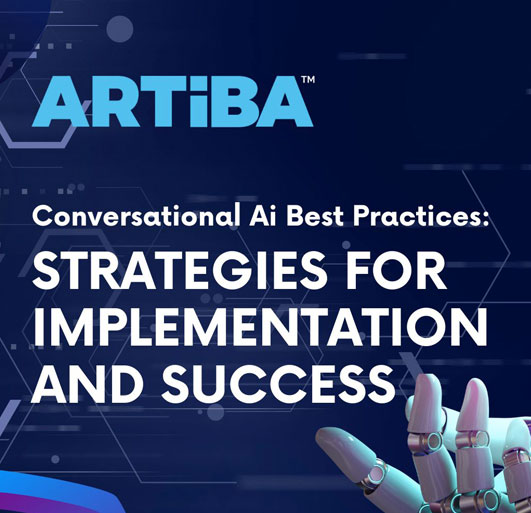Essential Steps for Building Neural Networks in TensorFlow

The artificial neural network is an exciting technology that has brought about a new face of machine learning, as systems can learn patterns and make decisions. These machines are modeled to resemble the human brain through layers of neuron-like connections and pathways. TensorFlow is an open-source platform, and it is relatively easy to use to build and train neural networks with the help of various tools and architectures. TensorFlow neural networks can be used for image recognition, language identification, and financial analysis, which is why most developers and researchers opt for it.
Setting Up the Environment
Before building a TensorFlow neural network, it is necessary to have the right development environment. This guarantees that the code runs without glitches, immediate interpretation with dependencies, and resource consumption without waste. Here are the steps for properly setting up TensorFlow.
Installing TensorFlow
To install TensorFlow, follow these steps:
-
Ensure you have Python installed on your computer (recommended version is 3.7 or later).
-
The following command should be used to install TensorFlow:
Code Snippet
-
The next step to ensure that TensorFlow has been installed correctly is to check the TensorFlow version.
Code Snippet:
import tensorflow as tf
print(tf.__version__)
Verifying the Installation
Once installed, test the setup by running a simple script:
-
Import TensorFlow and define a constant:
Code Snippet:
import tensorflow as tf
hello = tf.constant("TensorFlow is ready!")
print(hello.numpy())
-
If the output reads the assigned text, then the installation is complete
Preparing the Dataset
Data preparation is necessary to develop an effective neural network model in TensorFlow. Data quality is the most significant consideration when training models because data determines model performance and accuracy.
-
Choosing Your Dataset: This is the first step, where you must select the dataset to be used developing the model. A good dataset should model the problem and have various features. It must contain many samples for better model training if you deal with image, text, or tabular data. Some popular datasets used in TensorFlow are MNIST for image classification problems and IMDB for sentiment analysis problems.
-
Data Preprocessing: Sometimes, the data received is not in a suitable form to be used immediately; hence, they are made suitable for the model. This step include:
-
Normalization: Bringing the numerical values into a particular scale, usually between 0 and 1, to enhance the learning process of the model.
-
Encoding: The process of turning categorical data into numerical data, where the features will have one or multiple values, such as one hot encoding or labeling.
-
Splitting: This involves partitioning the data set so that it is divided and is given into training, validation, and testing sets. It allows for testing the model's performance and determining its overall quality.
Designing the Neural Network Architecture
Selecting an appropriate neural network architecture is crucial for solving issues with TensorFlow. It dictates how data passes through it and how the developed model learns from the input data. Some widely used neural network architectures are feed-forward, convolutional, and recurrent neural networks, which are appropriate for different tasks
-
Feedforward Neural Networks (FNNs): These are the basic types of neural networks. They consist of an input layer, one or more hidden layers, and an output layer, where the neurons feed-forward without receiving feedback.
-
Convolutional Neural Networks (CNNs): These networks, which are chiefly applied to image and video data, specialize in detecting spatial hierarchies in the input data by using filters to detect edges, textures, or shapes
-
Recurrent Neural Networks (RNNs): This type of neural network is helpful for sequential data like time series or language data. It contains loops for persistence and is used for applications like speech recognition and natural language processing.
When the network type is chosen, it becomes very easy to define the particular architecture of the model in TensorFlow. The organization of data flow can be specified using layers such as Dense, which represents fully connected layers, and activation layers, which are used in TensorFlow’s Sequential API. This convenience lets you try various layouts for fine-tuning according to the work. Proper layer configuration should enable the network to detect the multiple patterns that are present in the given data while at the same time ensuring that learning is efficient.
Implementing the Neural Network with TensorFlow
Training a neural network using TensorFlow is a multistep process that requires one to design the model's architecture and perform other critical aspects of the training process. Here's how to go about it:
First, you must decide what kind of neural network you will create and its structure. TensorFlow provides two different modes for constructing models: sequential and Functional APIs. The sequential API is most useful for simple stacks of layers but does not accommodate complex network layering; this is the role of the Functional API.
Code Snippet: Defining the Model Architecture
model = tf.keras.Sequential([
tf.keras.layers.Dense(128, activation='relu', input_shape=(input_dim,)),
tf.keras.layers.Dense(64, activation='relu'),
tf.keras.layers.Dense(1, activation='sigmoid')
])
After that, the next step is to compile the desired architecture model. The process entails selecting an optimizer for network training, loss function, and metrics to evaluate the results. This depends on the task; TensorFlow offers numerous optimizations such as Adam, SGD, etc.
Code Snippet: Compiling the Mode
model.compile(optimizer='adam',
loss='binary_crossentropy',
metrics=['accuracy'])
Training refers to the learning process; training the model is essential to creating one. This step trains the model of the data input and performs weight tuning on the given epochs. You also provide the number of batches and epochs as input regarding the training process.
Code Snippet: Training the Model
model.fit(train_data, train_labels, epochs=10, batch_size=32, validation_data=(val_data, val_labels))
Evaluating Model Performance
Once a neural network with TensorFlow is built, the next step is to evaluate its performance to determine its accuracy in new data. This evaluation will focus on the predictor performance's accuracy, loss, and generality.
Assessing Accuracy and Loss
-
Accuracy determines how many total predictions were accurate regarding classifying the outputs.
-
Measures of loss determine the distance between the actual and the predicted values by using formulas such as the Mean Squared Error (MSE) in regression or Categorical Cross-Entropy in classification.
-
Less loss and more accuracy mean better approximation to the model.
Code Snippet: Evaluating the Model
test_loss, test_accuracy = model.evaluate(X_test, y_test)
print(f"Test Accuracy: {test_accuracy}, Test Loss: {test_loss}")
Fine-Tuning the Model
If the model does not work well, then necessary improvements may be brought to increase the efficacy of the model:
-
Hyperparameter Tuning: Modify learning rate, batch size, and number of epochs for better optimization.
-
Data Augmentation: Augment the data to add more diversity to the information set to avoid overfitting.
-
Regularity: It is common to use dropout or regularization of L2 to minimize its complexity.
-
Modifying the Number of Layers: Attempt adding more layers or changing the activation function.
Testing TensorFlow neural networks is essential to ascertaining that the models are efficient for practical use. Evaluation and tuning are necessary to enhance the model's overall predictive capability and reliability or efficiency.
Deploying the Neural Network Model
Training and evaluation of your model pave the way for the following process: putting your model to practical use. Training a neural network can take on a form where the network is ready to predict new data. This stage entails saving the model, which can be later loaded for use in other environments.
Saving the Model
-
The process of saving the model in TensorFlow is straightforward. The trained model can be stored on disk in HDF5 or TensorFlow’s SavedModel format. This allows you to save the model’s weights, structure, and optimizer settings so you do not need to train them again.
-
Saving persistently holds and avails the whole state of the model and, most importantly, reproduces a model multiple times in different sessions.
Code Snippet: Saving the Model
model.save('path_to_model/my_model.h5') # Save in HDF5 format
Loading and Using the Model
A saved model can be used for prediction once it is loaded without the need to perform training.
-
Loading the Model: The next step in using the model is to retrieve the trained model from the Store.
-
Making Predictions: Employ new input data for prediction.
-
Batching: Handle large-scale prediction tasks by performing them in a batch mode.
Code Snippet: Loading and Predicting with the Model
from tensorflow.keras.models import load_model
model = load_model('model.h5')
predictions = model.predict(new_data)
Proper deployment makes the neural network work well and adaptable to real-world applications with TensorFlow. Techniques like quantization and pruning can enhance production efficiency.
Conclusion
Neural networks in TensorFlow entail a systematic procedure that includes background configuration, data acquisition, model architecture, model training, and model assessment. Tuning helps to improve the performance while saving and using the model enables the
provision of the best results. It even provides the developers with the skills concerning these processes to implement well-built and efficient deep-learning models. Practice and continuous learning will enhance proficiency in the innovation of TensorFlow neural networks.






